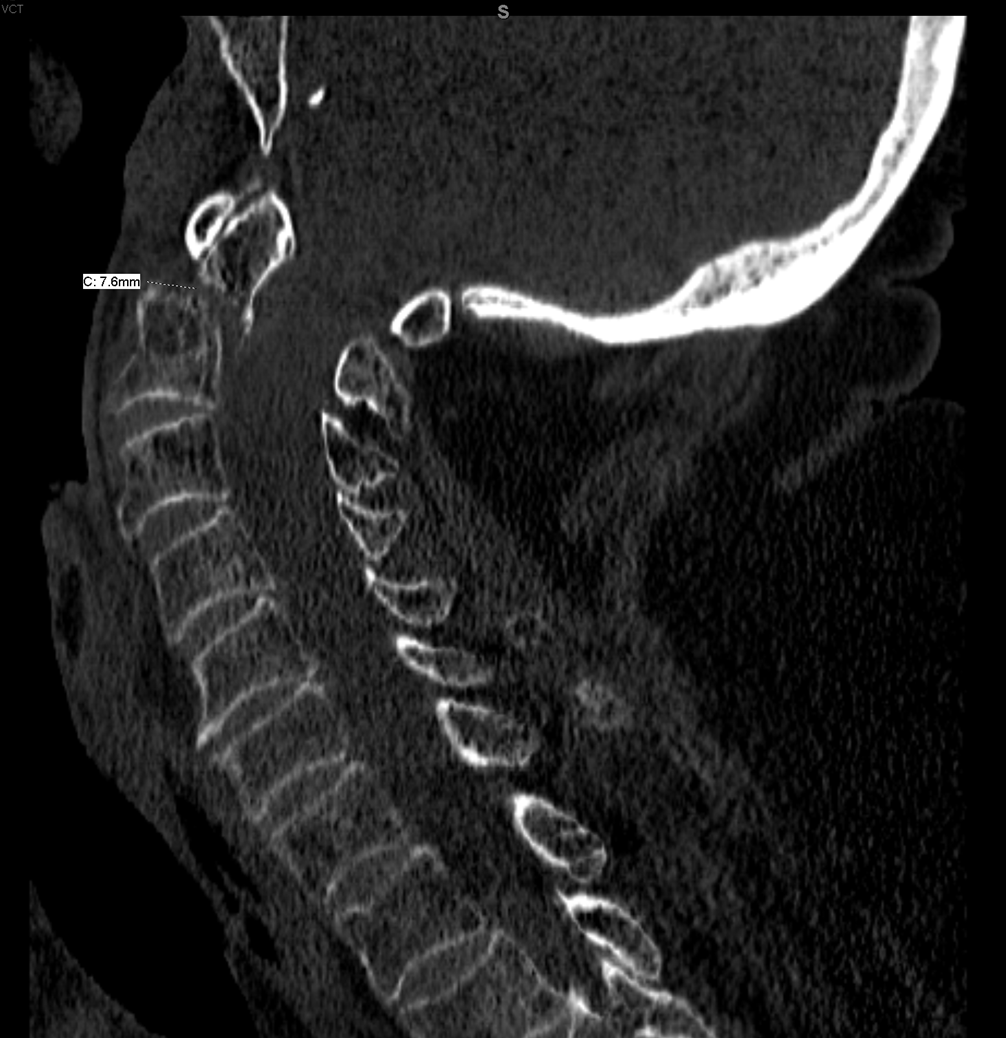
More than 85 of odontoid fractures occur in people over 65. The second cervical vertebra, known as the odontoid peg, or dens, is most affected1 (fig 1). 2 The incidence of odontoid fractures is approximately 21. 1, 2 The growing elderly population in the United States has seen the incidence of odontoid fractures more than double over the past decade. These fractures are increasing in incidence as the population ages. Odontoid fractures are the most common fracture of the axis and are the most common type of cervical spine fracture in patients over 65. Interpretation of where the fracture line occurs in the dens. 2 days ago &0183 &32 What you need to know Neck (cervical) fractures can occur when older or frail people sustain a low impact fall. Open surgical reduction and fixation are required for widely displaced fractures. 1).13Halo immobilization is the preferred treatment for fractures displaced less than 6 mm. An MRI and/or flexion-extension radiographs are used to evaluate for associated occipitocervical instability. If there are contraindications to a CT scan or IV contrast, then an MRI can be done to provide more definitive Almost two thirds of all dens fractures are Type II odontoid fractures or fractures that extend across the neck of the dens (Fig. Diagnosis of the fracture is best made with a CT scan. external orthosis Odontoid fractures Type II: Early surgical stabilization is recommended. Lunate fractures Odontoid fractures Pre-operative use for fractures that require surgical intervention or. CT & MRI Scans: If there are neurologic deficits present or the mechanism of injury isĬoncerning, then a CT scan of the head and neck along with a CT angiogram of the neck to evaluate for vertebral artery injuries or spasm. Fractures Stability determined by imaging Decompression.Usually line up with respect to the margins of C2 (axis). Spaces between the dens (located on C2 and projecting up) and the lateral Treatment may be C-collar immobilization, halo immobilization, or surgical stabilization depending on displacement, angulation, and fracture stability. Diagnosis is made with CT of the cervical spine. In general radiographs (such as the odontoid view) would be reserved for younger patients, who are not unstable, do not need more advanced imaging (such as a CT or MRI) in the same anatomical areas for evaluation of other injuries. Traumatic Spondylolisthesis of Axis, also known as a Hangman's Fracture, is a traumatic fracture of the bilateral pars interarticularis of C2.

of surgical versus conservative treatment of isolated type II odontoid fractures in. Presence of other traumatic injuries or neurologic deficits. Patients undergoing CF were defined through ICD-10 procedure codes.When assessing for the presence of a dens fracture, the choice of initial imaging is influenced by the:


 0 kommentar(er)
0 kommentar(er)
